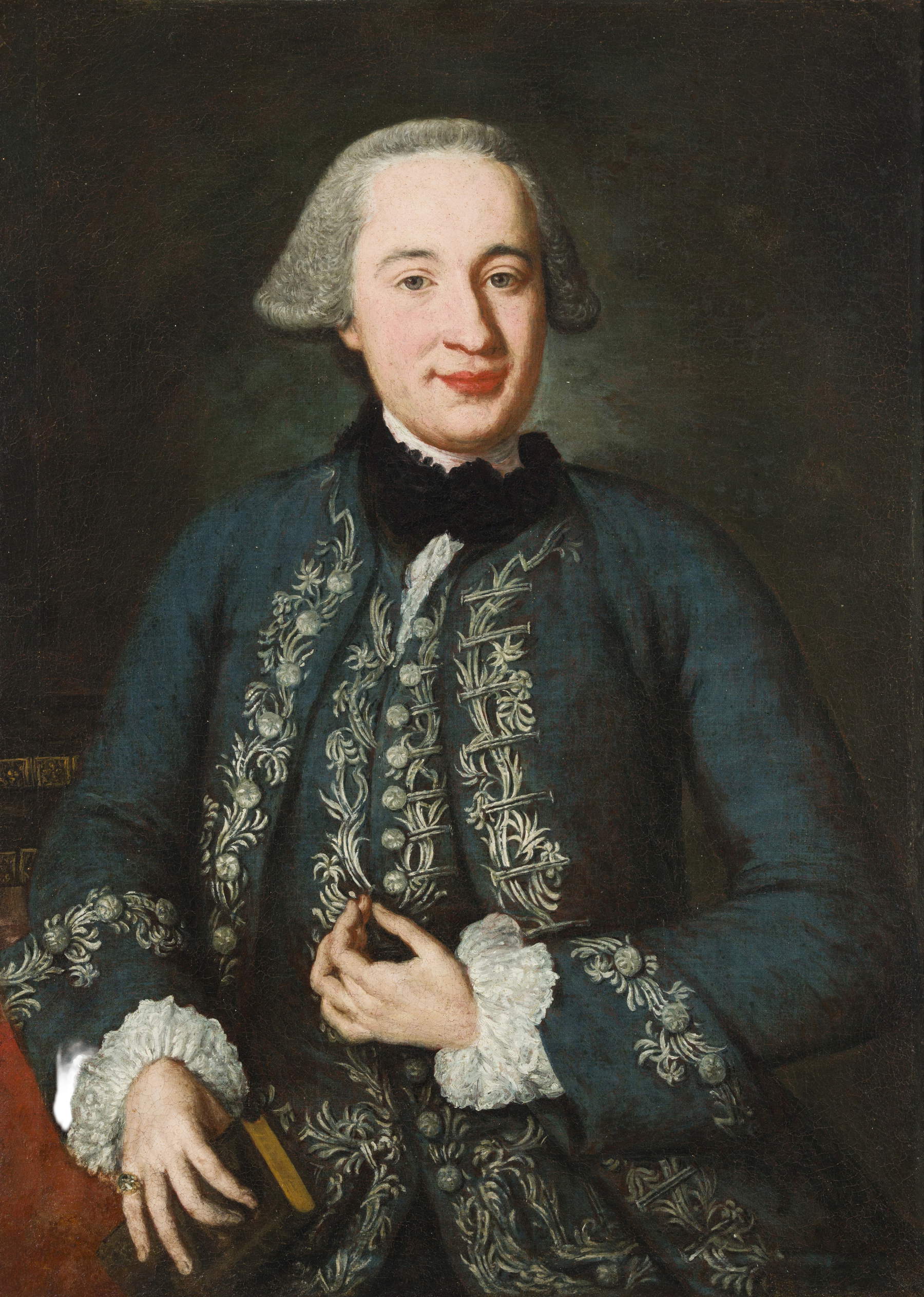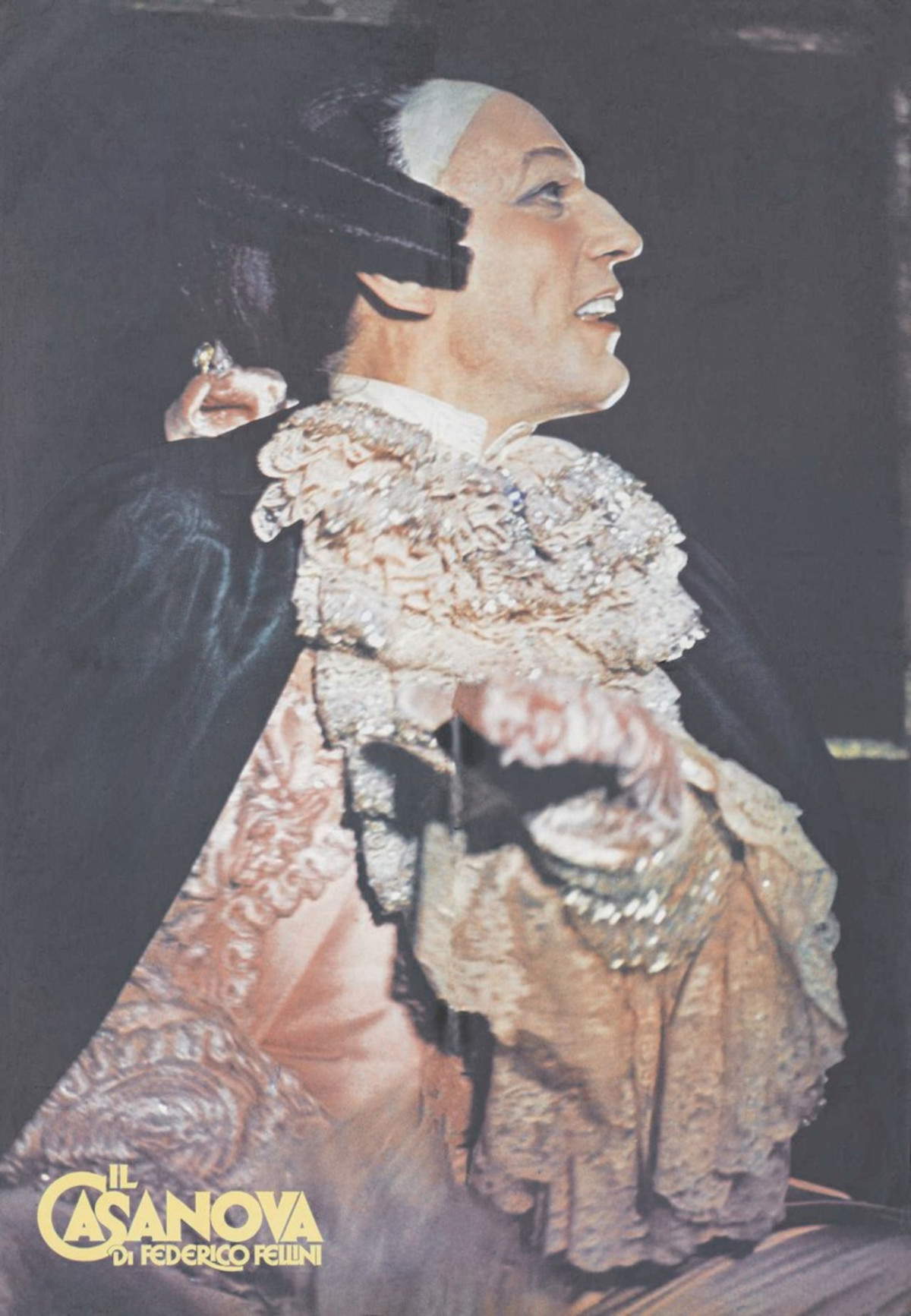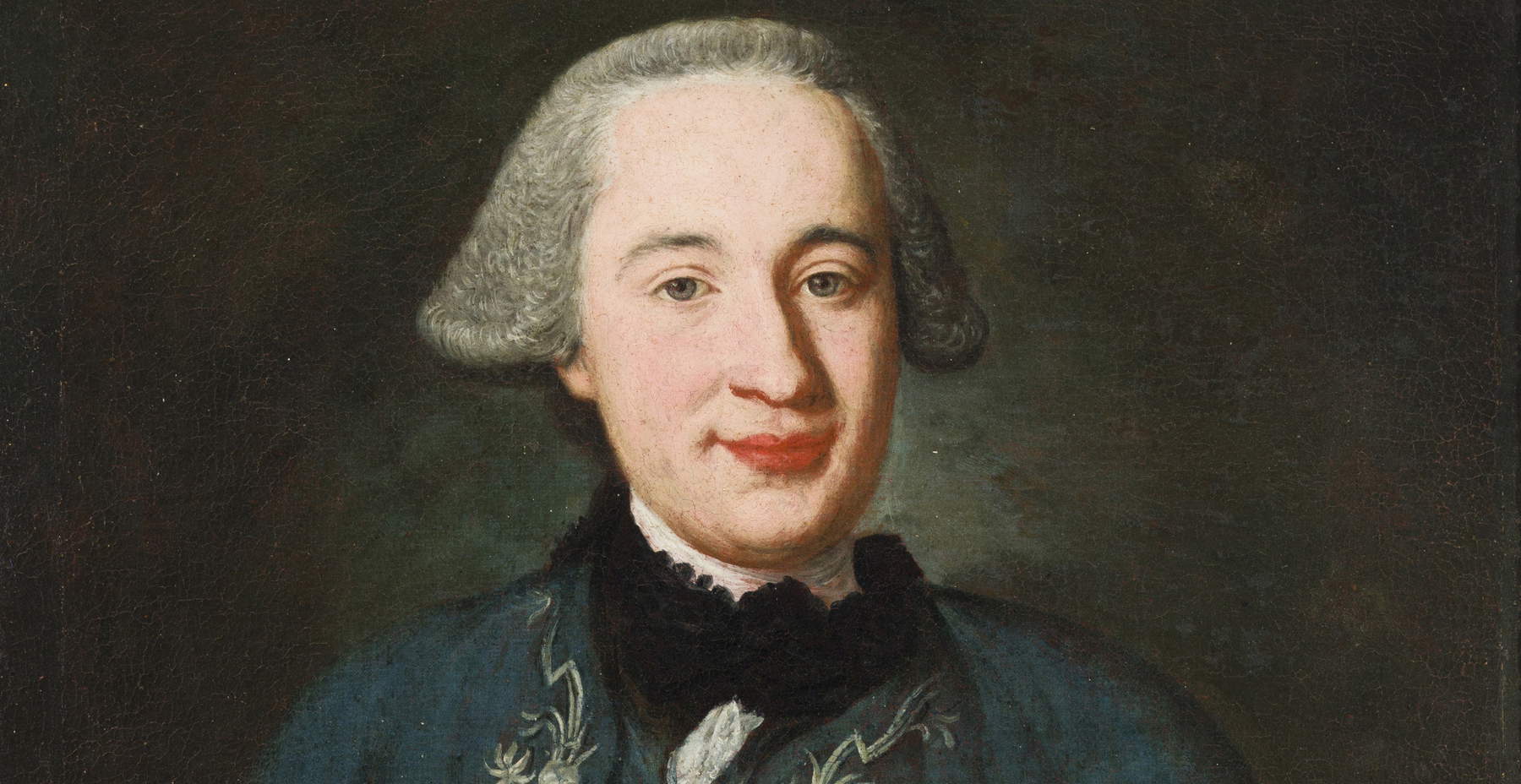In celebration of the 300th anniversary of his birth, the Museo di Palazzo Mocenigo - Centro Studi di Storia del Tessuto, del Costume e del Profumo in Venice is hosting from August 29 to November 2, 2025 the exhibition Casanova 1725-2025. The Legacy of a Myth between History, Art and Cinema, curated by Gianni de Luigi, Monica Viero, Luigi Zanini.
Writer, poet, adventurer, diplomat, Giacomo Casanova remains one of the most fascinating and controversial figures of 18th-century Europe. A protagonist in the life of the great courts and dynasties of his time, in dialogue with philosophers, artists and men of power, Casanova embodies an era of splendor, contradictions and metamorphosis. A myth that, nurtured even in his lifetime by the famous Mémoires, has spanned the centuries and continues to speak to the contemporary imagination.
The exhibition aims to restore the character in its multiple dimensions, between history, art and cinema, interweaving documents from the fund of the casanovista Aldo Ravà, from the Correr Library, eighteenth-century paintings and sketches of film sets and dresses from the collection of the Massimo and Sonia Cirulli Foundation, designed by Danilo Donati, up to the original stage costumes, kept by the Sartoria Teatrale Farani.

The exhibition opens with A Painting and a Poster. Two Portraits Compared, which juxtaposes the alleged portrait of Casanova attributed to Pietro Longhi with the famous film image created by Federico Fellini in his Casanova (1976), transforming the Venetian adventurer into a symbol of existential emptiness.
This is followed by a focus on Federico Fellini with Tra sogno e cinepresa (Between Dream and Camera), a section recounting the master’s visionary biography, suspended between dream, memory and satire, and introducing the area dedicated to stage costumes. In Tessuti e mode eloquenti (Eloquent fabrics and fashions) Danilo Donati’s creations, awarded the 1977 Oscar for best costume, find their place, flanked by six original pieces made by Sartoria Teatrale Farani.
The itinerary continues with Fare di una pellicola un quadro, where Donati’s preparatory sketches, on loan from the Massimo and Sonia Cirulli Foundation, recount the creative process by which the set and costume designer translated the Rimini director’s visions into images.
The gaze then shifts to the eighteenth century with An Eighteenth-Century Dressing Room. Paintings Between Mythology and Licentiousness. Here, three canvases depicting Apollo, Venus and Diana, attributed to Giambattista Pittoni and from the Steven V. Maksin Family Collection, restore the cultured and erotic sensuality of Venetian Rococo, the same climate in which Casanova moved.
The Giacomo Casanova, a rocambolic biography section traces the highlights of his life: his Venetian origins, his famous escape from the Piombi, his exile, and his return, up to his last years in Dux, Bohemia, as librarian at the castle of the Count of Waldstein where he wrote his Memoirs.
The itinerary closes with a tribute to Aldo Ravà (1879-1923), refined collector and among the first Casanovian scholars. The section An Apology of Casanova displays a selection from his extraordinary collection, now kept at the Correr Museum Library: first editions of Casanovian works, includingIcosameron (1787) andHistoire de ma fuite (1788), along with rare editions in multiple languages, which testify to the publishing fortune and persistent fascination around the figure of Casanova.

 |
| In Venice, an exhibition celebrates Casanova among history, art and cinema, for the 300th anniversary of his birth |
Warning: the translation into English of the original Italian article was created using automatic tools. We undertake to review all articles, but we do not guarantee the total absence of inaccuracies in the translation due to the program. You can find the original by clicking on the ITA button. If you find any mistake,please contact us.